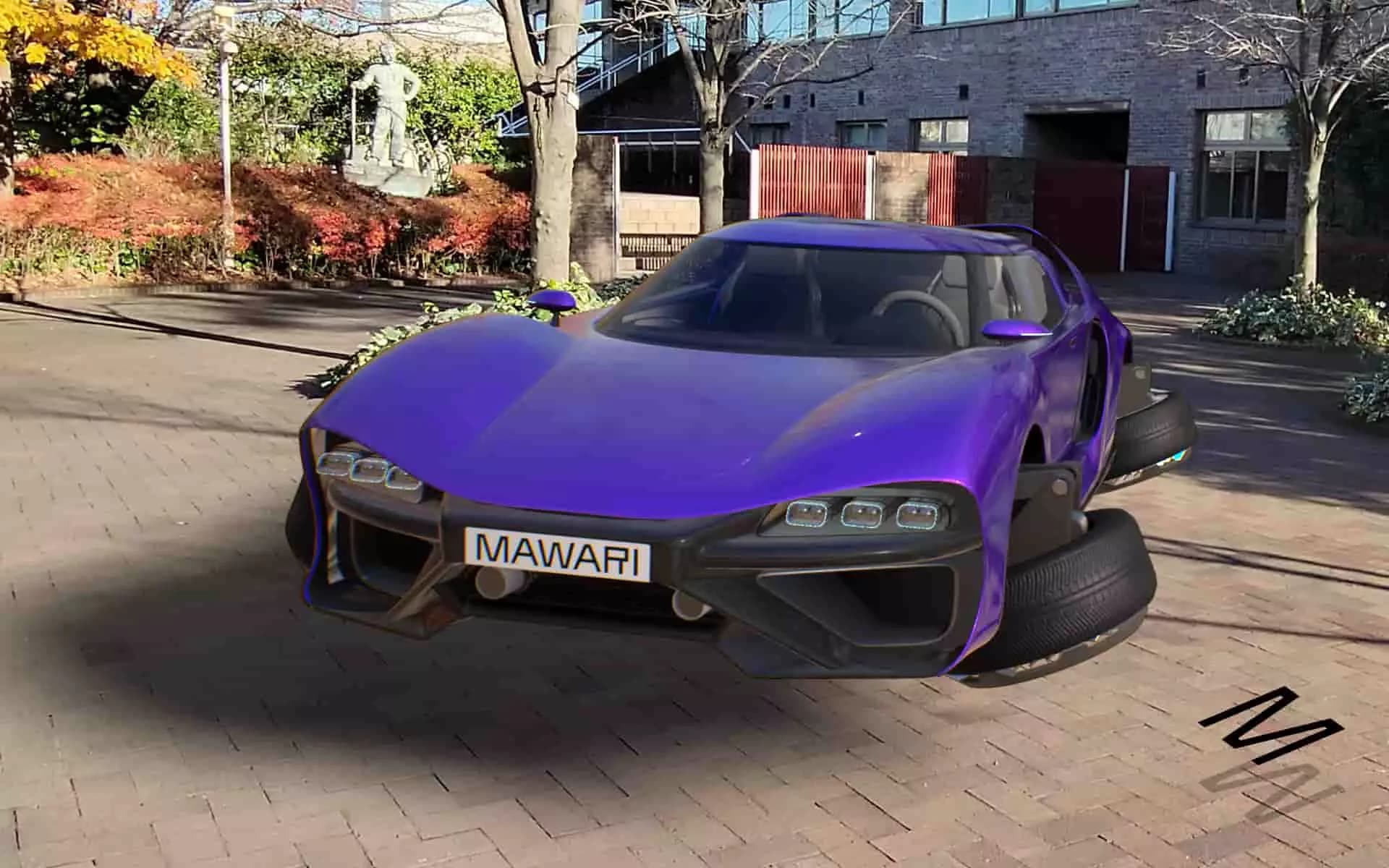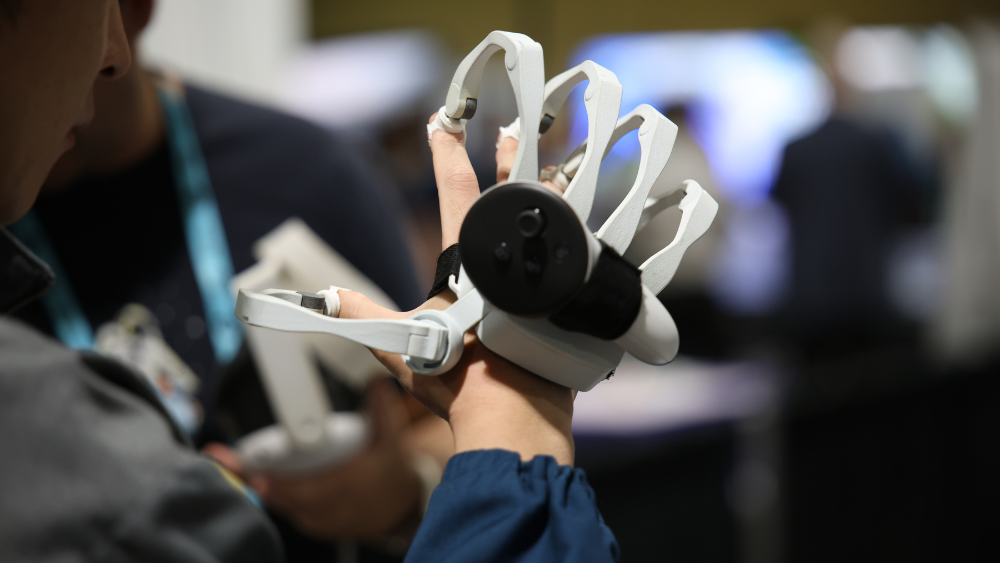Welcome back to AWE Talks, our series that plucks the greatest hits from the vast AWE conference archive. We still have a treasure trove of untapped session footage from AWE USA 2021 to draw upon. And 2022's show will already be here in June.
For this week's talk, we spotlight the less-discussed topic of infrastructure. When it comes to the AR cloud and a "physical-world metaverse," what are the underlying technologies that will make it work? Mawari's Luis Ramirez breaks it down for us.
See the full video below along with quick-hit takeaways...
– Though the front end is sexier, back-end enabling tech will unlock the spatial web.
– This goes for the AR cloud and the metaverse's physical-world counterpart.
– For content to show up and render correctly, ample backend work is needed.
– One of the challenges in delivering geo-anchored AR experiences is latency.
– Delivering such large files requires more efficient delivery if it's to "just work" at scale.
– For example, 4.6 billion people use the internet, totaling 3 trillion gigabytes of data per year.
– When everything is in 3D as it's purported to be, those data payloads will go into hyperdrive.
– We're now at a point that's similar to the web before .MP3: Similar innovation is now needed.
– The question is, what will be the MP3 for 3D spatial content, and how will it be delivered?
– The current render pipeline also isn't built for 3D, says Ramirez, requiring a new approach.
– For example, rather than downloading then rendering content, it could be flipped.
– To address this, Mawari renders content in the cloud, then delivers it to devices.
– This results in up to 100x bandwidth reduction and 60x device power savings.
– Altogether, smart and purpose-built infrastructure and compression tech is needed.
– Without it, we won't have the utopias or dystopias everyone talks about... we'll have nothing.
 Want more XR insights and multimedia? ARtillery Intelligence offers an indexed and searchable library of XR intelligence known as ARtillery Pro. See more here.
Want more XR insights and multimedia? ARtillery Intelligence offers an indexed and searchable library of XR intelligence known as ARtillery Pro. See more here.
For this week's talk, we spotlight the less-discussed topic of infrastructure. When it comes to the AR cloud and a "physical-world metaverse," what are the underlying technologies that will make it work? Mawari's Luis Ramirez breaks it down for us.
See the full video below along with quick-hit takeaways...
– Though the front end is sexier, back-end enabling tech will unlock the spatial web.
– This goes for the AR cloud and the metaverse's physical-world counterpart.
– For content to show up and render correctly, ample backend work is needed.
– One of the challenges in delivering geo-anchored AR experiences is latency.
– Delivering such large files requires more efficient delivery if it's to "just work" at scale.
– For example, 4.6 billion people use the internet, totaling 3 trillion gigabytes of data per year.
– When everything is in 3D as it's purported to be, those data payloads will go into hyperdrive.
– We're now at a point that's similar to the web before .MP3: Similar innovation is now needed.
– The question is, what will be the MP3 for 3D spatial content, and how will it be delivered?
– The current render pipeline also isn't built for 3D, says Ramirez, requiring a new approach.
– For example, rather than downloading then rendering content, it could be flipped.
– To address this, Mawari renders content in the cloud, then delivers it to devices.
– This results in up to 100x bandwidth reduction and 60x device power savings.
– Altogether, smart and purpose-built infrastructure and compression tech is needed.
– Without it, we won't have the utopias or dystopias everyone talks about... we'll have nothing.
 Want more XR insights and multimedia? ARtillery Intelligence offers an indexed and searchable library of XR intelligence known as ARtillery Pro. See more here.
Want more XR insights and multimedia? ARtillery Intelligence offers an indexed and searchable library of XR intelligence known as ARtillery Pro. See more here.



